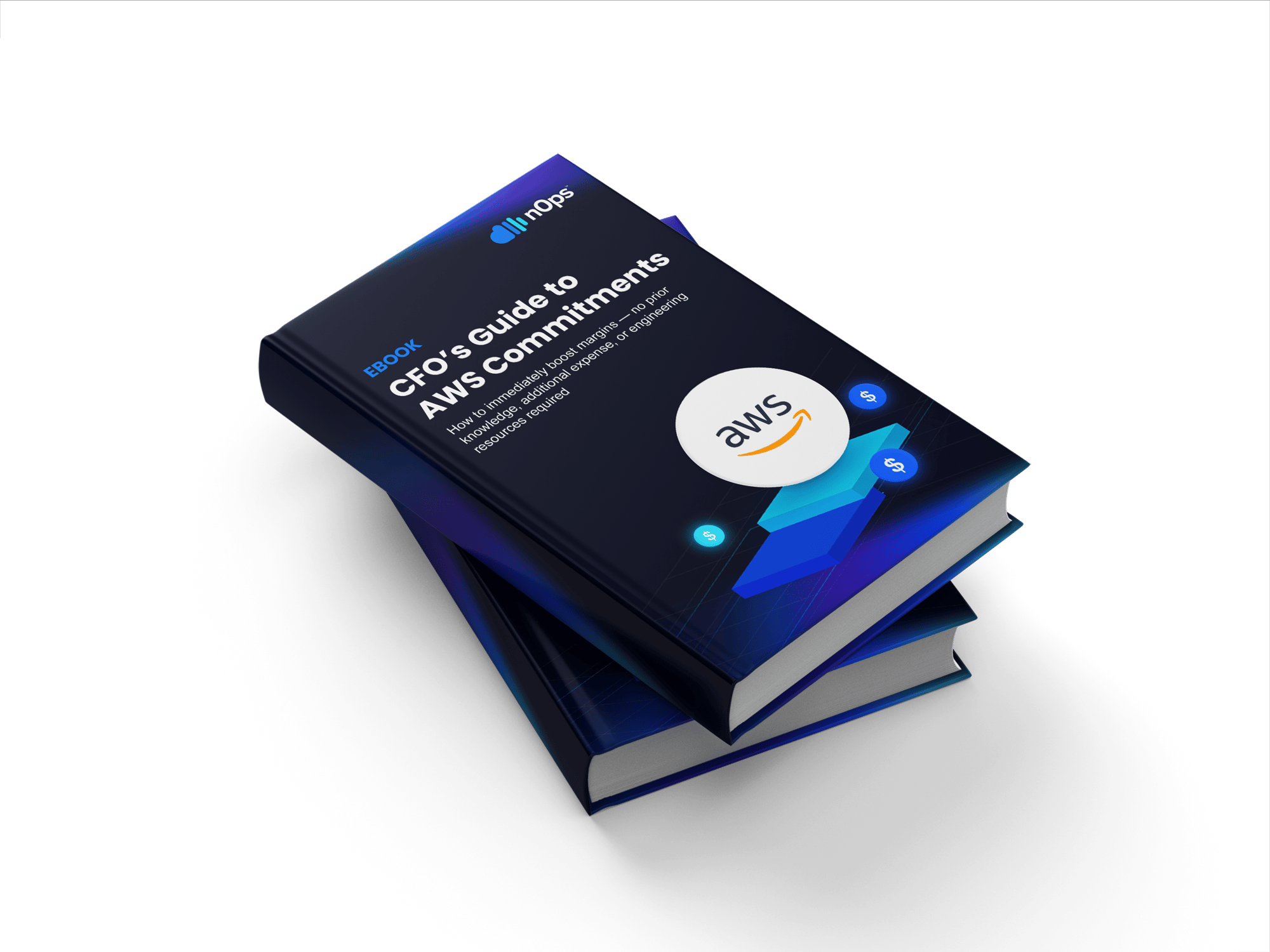- Blog
- AWS Pricing and Services
- AWS SaaS Marketplace Policy Changes for May 2025
AWS SaaS Marketplace Policy Changes for May 2025
Last Updated: May 20, 2025, AWS Pricing and Services
Amazon Web Services (AWS) recently announced significant revisions to its AWS Marketplace policies, set to take effect on May 1, 2025.
Under these changes, AWS Marketplace will now list all SaaS products, regardless of where they’re hosted (on AWS, another cloud, or on-premises).
However, only Software-as-a-Service (SaaS) products hosted entirely on AWS will qualify toward a customer’s AWS spend commitments. This means that if any portion of a vendor’s SaaS offering runs outside of AWS, customers can no longer count that spending toward fulfilling their contractual commitments to AWS.
Below is a brief discussion of the current policy, what’s changing, and what customers and vendors should do to prepare.
What’s Changing in the AWS Marketplace
Here’s a quick look at how the AWS Marketplace policy has evolved and why the upcoming May 2025 shift matters.
Before 2022: 50% of a customer’s AWS Marketplace spend could apply toward an AWS contractual spend commitment, even if the Marketplace product was not fully hosted on AWS.
2022 – May 2025: AWS began allowing 100% of an eligible SaaS purchase to count toward commitments, but generally capped at 25% of the overall commitment and excluding categories such as Professional Services. This was paired with a requirement that the product be “deployed on AWS,” meaning at least part of the solution’s infrastructure had to run in an AWS account.
After May 1, 2025, only SaaS products that are entirely hosted on AWS will qualify towards a customer’s AWS spend commitments. These will be marked with a “Deployed on AWS” Badge.
What are AWS Spend Commitments?
Implications for Customers & SaaS Vendors
| Customers | SaaS Vendors |
|
|
Looking to track & optimize your AWS spend commitments?
To stay ahead of these AWS Marketplace changes and ensure you’re meeting your spend commitments, try the new AWS PPA and EDP Tracker from nOps. It gives you real-time visibility into your Private Pricing Agreements and Enterprise Discount Program usage — so you’ll always know whether you’re on track to hit your targets and keep your discounts.
You can monitor spend by service, track multiple agreements, and forecast future usage automatically.
nOps is fully deployed on AWS. nOps was recently ranked #1 with five stars in G2’s cloud cost management category, and we optimize $2+ billion in cloud spend for our customers.
Join our customers using nOps to understand your AWS costs and leverage automation with complete confidence by booking a demo with one of our AWS experts.





